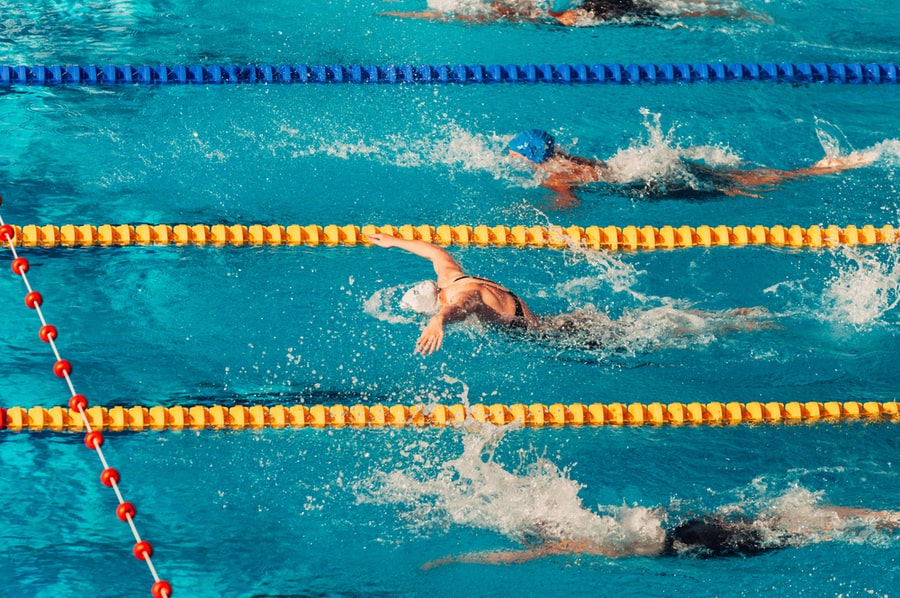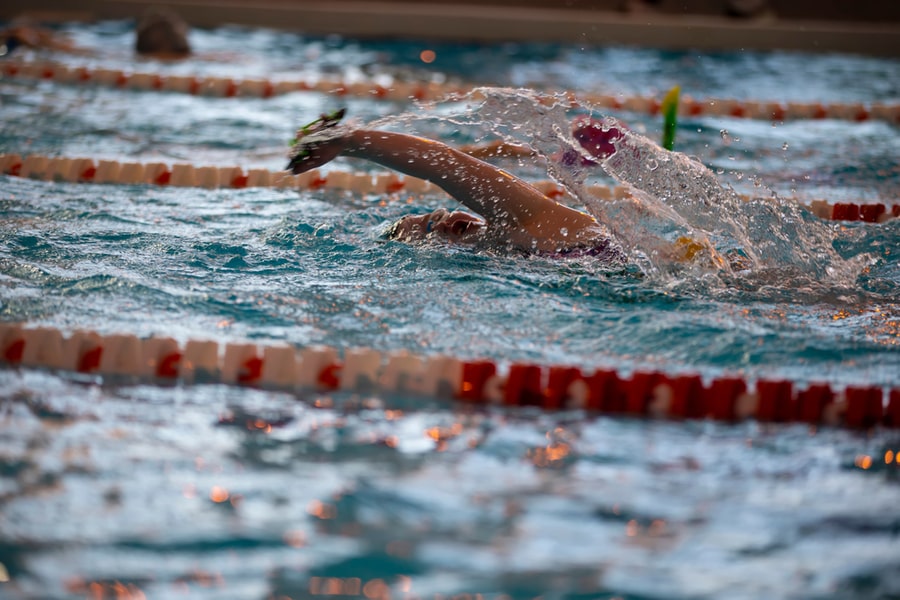Let's go swimming!
If reading that makes you cringe instead of getting excited, you're not alone. Many adults experience anxiety when near bodies of water, ranging from uneasiness to paralysing fear. Swimming for adults is simply unavoidable. Kiwis will eventually find themselves near a body of water, living in a country surrounded by ocean, sea, lakes, and rivers. While many people enjoy splashing around on the shallow end of any body of water, including pools, nearly one-third of adult New Zealanders are still unable to swim or float in water for more than a few minutes.
According to a Surf Life Saving New Zealand survey, only 9% of adults swam longer than 50 metres in 2021, and more than a quarter have never swum this distance. Paradoxically, adults fatally drown more often than kids and teenagers. Ninety-five percent of drowning deaths on beaches and in coastal areas involve individuals over the age of fifteen. Fatal drownings occur in the 35-54 and 65+ age groups.
Needless to say, swimming is an important life skill everyone should learn, especially as an adult. You must be able to navigate the water safely, both for their safety and for those around them. Swimming also offers other significant advantages such as physical exercise, mental well-being, boosting confidence, stress relief, and peer support.
If you want to finally take the plunge and learn to swim as an adult, or if you want to improve your swimming abilities, keep reading to find out how to start swimming as an adult.
Start at the shallow end of the pool
Every pool has a variety of water depths in which you can swim. Most, for example, begin at less than 1.5 metres deep and gradually increase as you move across the pool. As a beginner, you should enter the pool at the shallowest end to get a feel for the water. If you immediately step into deeper parts, you will struggle to stay afloat. Start practising holding your breath underwater once you've reached the depth you feel most comfortable. Doing it in the shallow end gives you the security of being able to return to the surface at any time.
Get the appropriate gear
We recommend that you swim in your most comfortable swimming attire. This could be a swimsuit, trunks, shorts, t-shirt, or leggings. Check with your pool to see if there are any restrictions on the type of swimwear.
Although it is not considered necessary, swimming instructors strongly recommend adult students wear goggles. This is one of the items you should bring to your first adult swimming lesson to improve overall technique while also safeguarding your eyes from chlorine.
Swimming caps are especially beneficial for anyone with longer hair because they keep hair out of their faces and lessen 'drag,' making swimming smoother.

Increase your stay time in the water
Staying in the water for extended periods will help you gain confidence and improve your swimming skills. Understandably, not everyone has the luxury of time to swim every day, but if you can manage even one day, go for it. Decide which day of the week you can devote the most time to your swimming lessons and stick to it.
Practice putting your face in the water
Keeping your face underwater is an essential part of becoming a good swimmer. It may be challenging to master and cause anxiety in some adults, but you can learn it with time and practice.
The backstroke is the only stroke not requiring you to submerge your face. Aside from that, every other stroke requires you to look inside the water body. You can practice the following moves to learn this:
- Begin at the edge of the pool
- Get goggles for clear vision underwater
- Time yourself and keep track of your progress
- Move underwater using your arms while holding your breath
- Continue to practice how to hold your breath under the surface
Learn freestyling step by step
Start learning specific swim strokes once you feel confident floating, gliding, and treading water. Learning to swim freestyle is a good objective for beginners. It entails several steps that must be completed in order. Your body position, arm movement, breathing mechanism, and leg movement are all important. Your body is facing forward, and you are on your stomach while swimming in this stroke. The arms move alternately, and the legs are also used to pull you through the water in this stroke.
The other fundamental strokes, the backstroke, breaststroke, and butterfly, can be learned if/when you are skilled enough.
Gather support
Find a member of your family, a close friend, or a teammate to encourage you, cheer you on, or even go swimming with you. You'll encourage each other to put more effort, stay dedicated and celebrate your successes.
According to a study, approximately 40% drop their fitness endeavours soon after starting, compared to only 6% who partake with someone you already know. Having a friend present to share your challenges and victories can make each milestone more enjoyable. That not only improves your mood, but it also keeps you invested.

Attend a swim school
A swim school provides an outlet for people of all ages and physical abilities. Being in a swim class with people your age is a great way to meet people who share your interests and struggles. Most instructors will ask you to try out various skills to assess your level in the water. They might want to observe your kick and stroke to gauge how at ease you are in the water. As your lessons advance, this will serve as a starting point for you and your instructor. It's also an excellent way to know how far you've come and see how much you've improved.
Choose Fulton Swim School
Fulton Swim School offers a variety of adult swimming lessons taught by trained and experienced instructors who tailor each class to your specific needs, difficulties, and goals. You will be able to learn at your own pace, ensuring a fun experience while also equipping you with the skills required to enjoy swimming. So, whether you are a complete beginner, just out of practice, or need help correcting your stroke, we have lessons for you.
Adult beginners: If you want to learn the fundamentals of a specific stroke, how to float or kick on your front and back, or how to put your face in the water, this class is for you.
Adult technique: If you can swim and want technical guidance and supervised distance swimming, this class is for you.
Don't hesitate to contact us if you are interested in specific adult swimming classes, training, long-distance swimming, or a fitness program for a job requiring a certain swimming level (such as a police officer).
Once again, it is never too late to learn to swim. Our friendly and patient instructors make everyone feel safe and welcome, allowing you to fully enjoy the experience of learning to swim as an adult. Enrol now!
